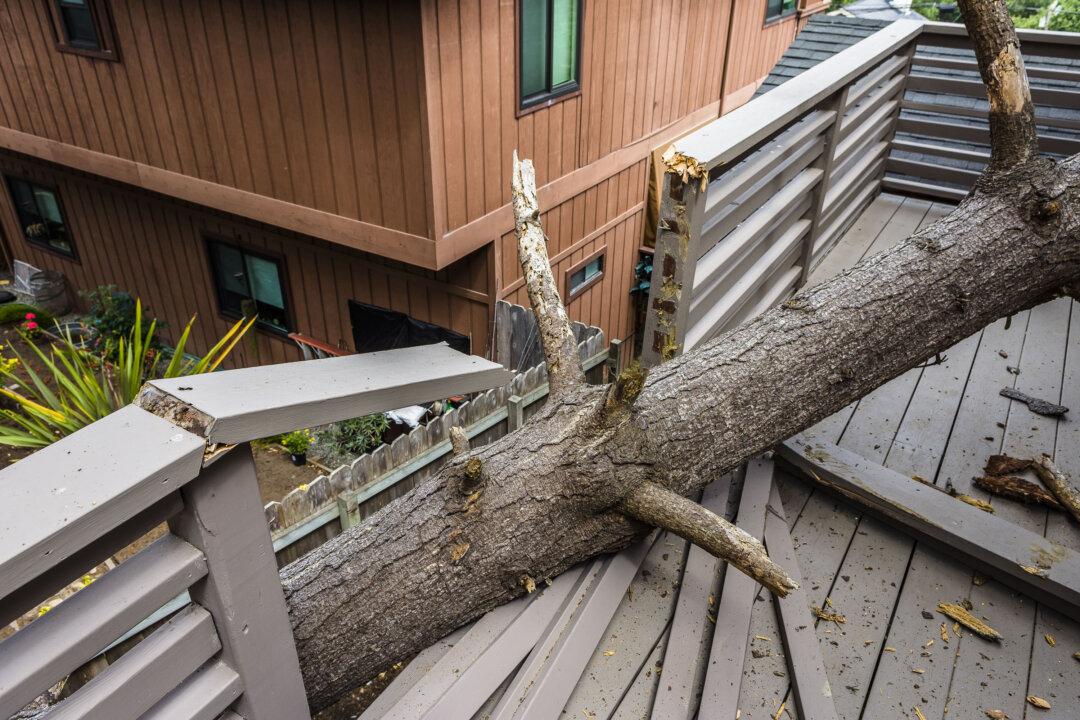California has 39 million residents, with 43.5 percent owning homes. Many of these homeowners are struggling to find insurance for their homes. The preponderance of wildfires in California has made many insurance companies shy away from writing new policies.
California’s insurance commissioner, Ricardo Lara, thinks reforms to the state’s insurance laws will lure insurance companies back with California’s Sustainable Insurance Strategy. But what is this strategy, and can it help California’s homeowners?






